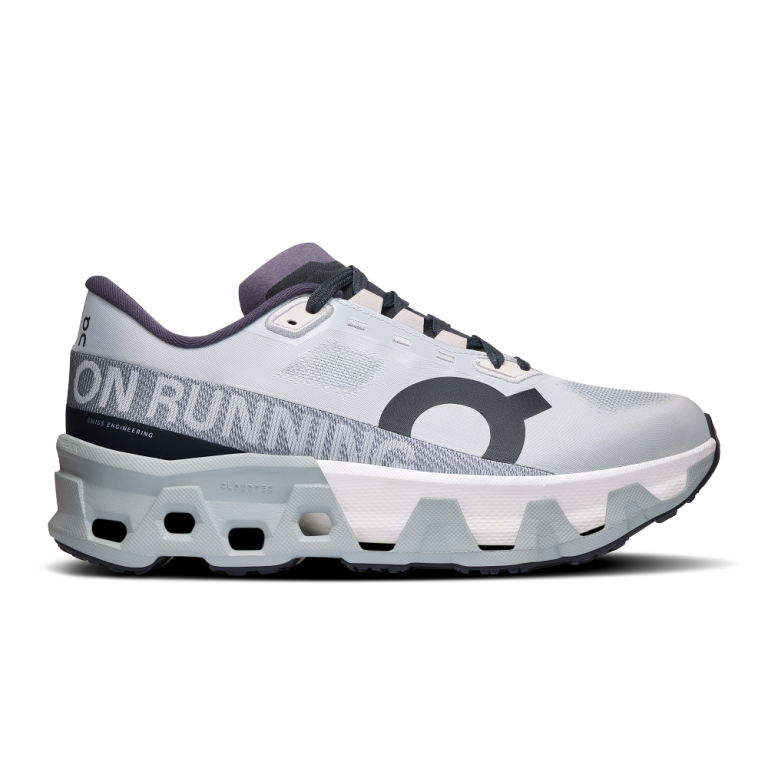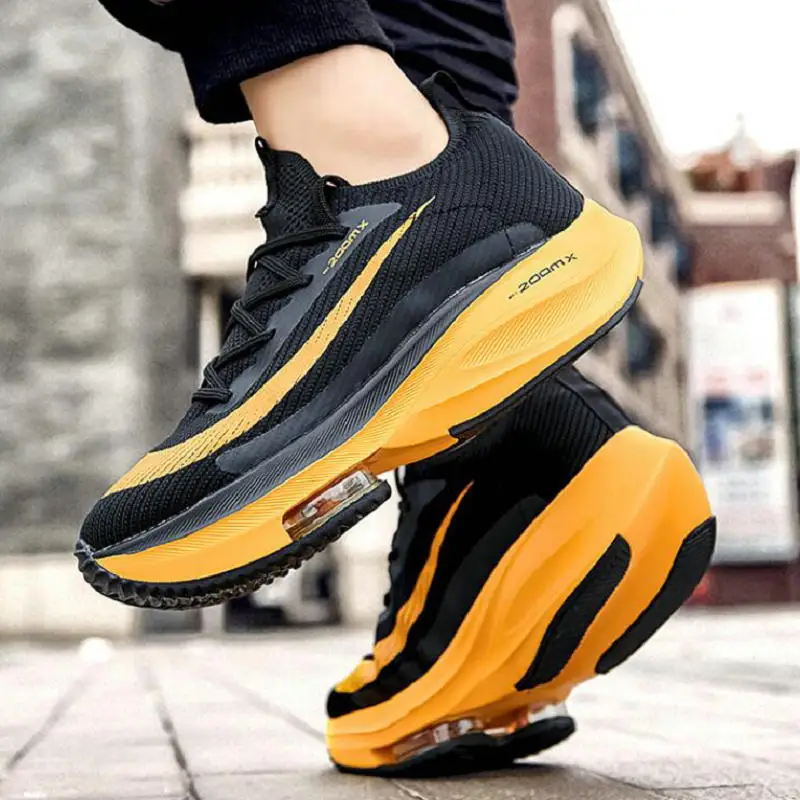
Best Marathon Running Shoes: Find Your Perfect Fit for Race Day
Preparing for a marathon is an exhilarating journey, filled with dedication and hard work. One of the most crucial aspects of marathon training is selecting the right pair of running shoes. The shoes you wear can significantly impact your performance, comfort, and overall experience on race day. The best marathon running shoes provide not only the perfect fit but also the necessary support and cushioning for long-distance running. In this article, we will explore key features to consider, the best shoes available, and tips to find your perfect fit for race day.
Understanding the Importance of Proper Running Shoes
The Role of Running Shoes in Performance
Running shoes play a pivotal role in enhancing your marathon performance. They act as your primary point of contact with the ground and can influence your running mechanics. Ill-fitting or inadequate shoes can lead to discomfort, injuries, and reduced efficiency during long runs. The right shoes help absorb impact, provide stability, and promote natural movement, allowing you to focus on your running goals.
When selecting running shoes, it’s essential to consider your running style, foot shape, and gait. Each runner has unique requirements based on their individual biomechanics. A proper analysis can help you find shoes tailored to your needs, ensuring optimal performance and comfort throughout training and on race day.
Preventing Injuries
Proper footwear is vital in preventing common running injuries. These injuries can range from blisters and chafing to more severe conditions like plantar fasciitis or shin splints. Wearing the right shoes specifically designed for marathon running can help minimize these risks.
It’s crucial to pay attention to factors such as cushioning, arch support, and stability features. If you have a history of injuries, consulting a specialist or a running store expert can provide valuable insights. They can recommend shoes that meet your specific needs, allowing you to train safely and effectively.
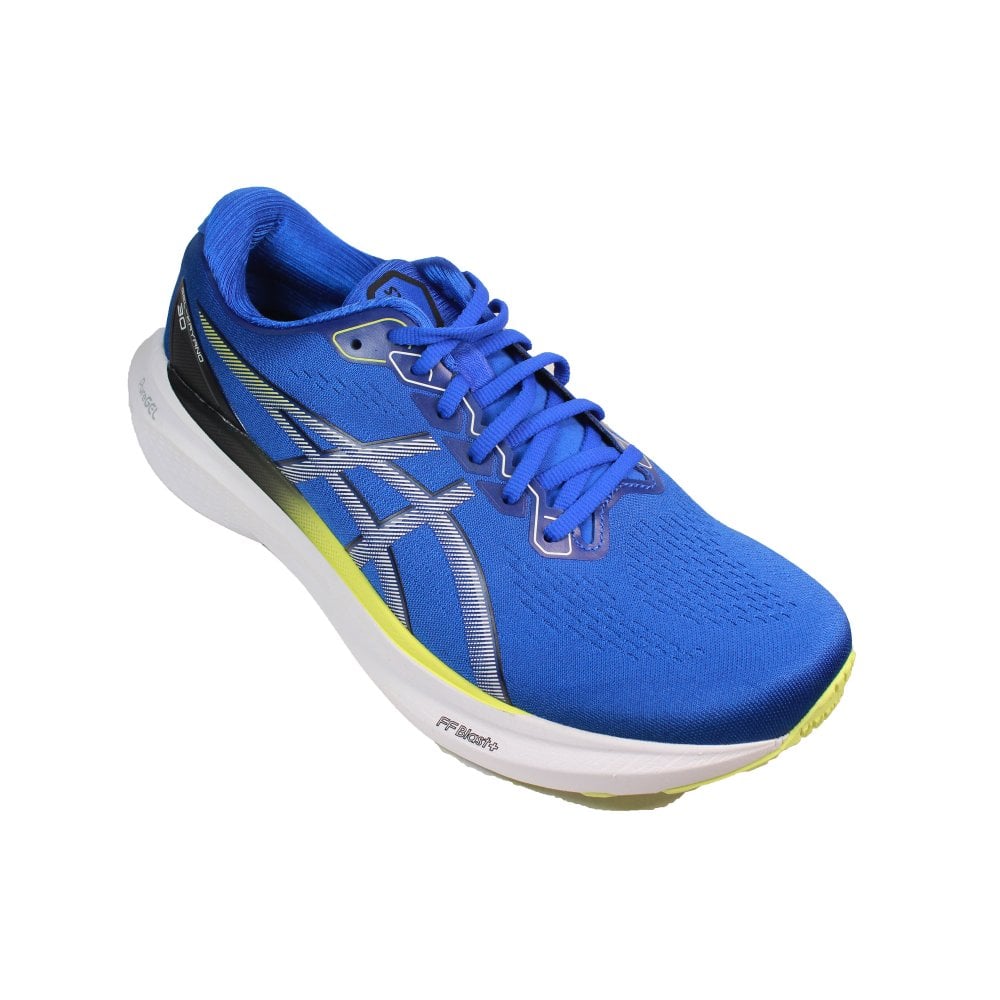
Key Features to Look for in Marathon Running Shoes
Cushioning and Comfort
When running long distances, cushioning is of utmost importance. Marathon running shoes should provide ample cushioning to absorb impact and reduce stress on your joints. There are various types of cushioning technologies available, such as EVA foam and gel cushioning. Test different styles to find which type feels best for you.
Additionally, comfort extends beyond cushioning alone. The interior lining of the shoe should be smooth and free of seams or rough patches that could cause irritation. A well-padded collar and tongue can also enhance comfort, ensuring that the shoe fits snugly without causing discomfort during long runs.
Fit and Sizing
Achieving the right fit is crucial when it comes to best marathon running shoes. A shoe that fits improperly can lead to blisters, calluses, and discomfort during your race. When trying on shoes, ensure there’s about a thumbnail’s width of space between your longest toe and the front of the shoe. This space allows for proper foot movement, especially when your feet swell during long runs.
It is also essential to consider the width of the shoe. Some brands offer different widths to accommodate varying foot shapes. If you have wider feet, look for shoes labeled as “wide.” A proper fit should feel secure without being overly tight, allowing for natural movement without feeling constricted.
Weight and Breathability
The weight of your running shoes can significantly affect your performance on race day. Lighter shoes can enhance speed and reduce fatigue during long runs. However, it’s essential to strike a balance between lightness and the protective features you need for marathon training. Minimalist shoes may be appealing, but be cautious about sacrificing cushioning and support for weight.
Breathability is another important factor to consider. Running generates heat, and your feet can become sweaty and uncomfortable. Look for shoes with breathable mesh uppers that facilitate airflow and wick moisture away from the feet. This feature can help regulate temperature during long runs and prevent discomfort.
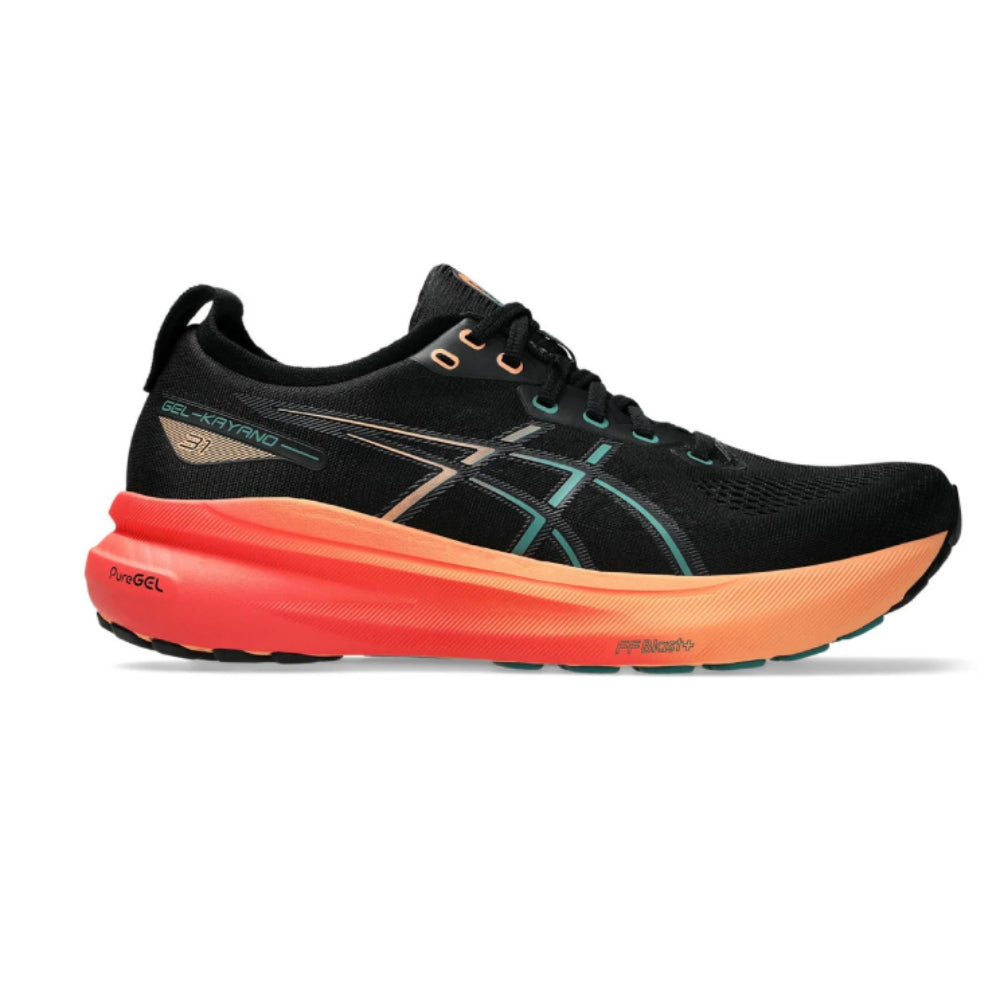
Top Marathon Running Shoes on the Market
Nike ZoomX Vaporfly NEXT%
The Nike ZoomX Vaporfly NEXT% is a popular choice among elite marathon runners. This shoe features a carbon-fiber plate that provides excellent propulsion and energy return. The ZoomX foam offers an incredibly lightweight feel while still delivering exceptional cushioning.
This shoe is designed for speed and is perfect for those aiming for a Personal Best (PB) in their marathon. However, it may not be the best option for everyone due to its specific fit and design. Runners looking for a high-performance shoe should definitely consider this impressive option.
ASICS Gel-Kayano 28
The ASICS Gel-Kayano 28 is known for its reliable stability and comfort. It features ASICS’ signature GEL technology for shock absorption and a FlyteFoam midsole for lightweight cushioning. The Kayano line has long been a favorite among marathon runners seeking support and durability.
Ideal for long-distance running, the Gel-Kayano 28 provides excellent arch support and stability for overpronators. The upper mesh construction ensures breathability while offering a snug fit. If you’re prone to foot fatigue, this shoe is an excellent option to consider.
Brooks Ghost 14
The Brooks Ghost 14 is praised for its versatility and comfort. This neutral running shoe provides a smooth ride with ample cushioning. The DNA Loft technology, combined with BioMoGo DNA, delivers a plush feel that accommodates various running styles.
One of the standout features of the Ghost 14 is its balanced fit. The shoe has a generous toe box that allows for natural foot movement without feeling cramped. Many runners appreciate the Ghost series for its overall comfort during training and race day, making it an excellent all-around choice.
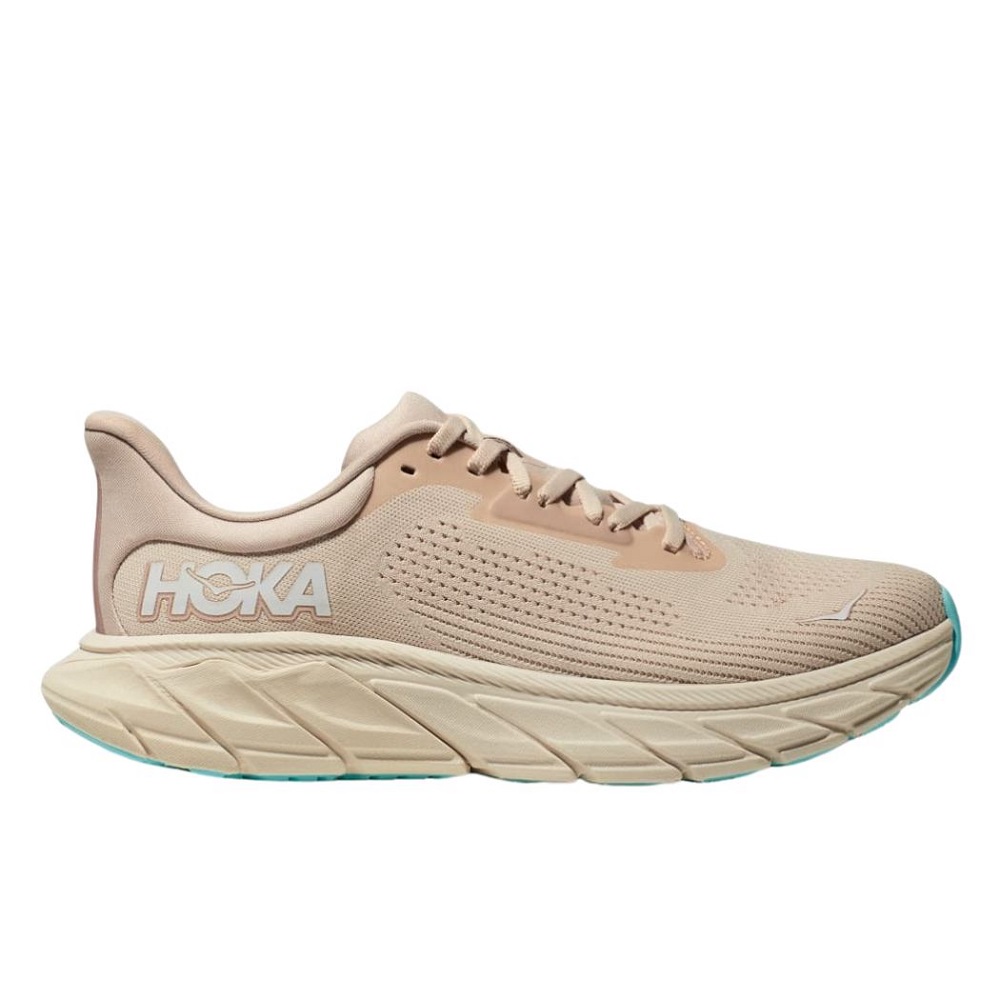
Testing Out Your Shoes
Take Them for a Test Run
Once you’ve narrowed down your options, it’s crucial to test them out before making a final decision. Many specialty running stores allow customers to run in the shoes before purchasing. Take advantage of this opportunity to gauge comfort, fit, and overall feel.
Choose a flat surface or a treadmill in-store to mimic race conditions. Run at your typical pace for a few minutes to assess how the shoes react. Pay attention to any discomfort or areas that might rub during the trial. If possible, try each shoe on your preferred running surface to get a true feel for how they perform.
Consider Your Running Style
Everyone’s running style is different, and shoes that work well for one person may not suit another. Factors like pronation, landing style, and foot shape all play a role in determining the right pair of shoes. Runners with a neutral gait may prefer cushioned shoes, while those who overpronate may benefit from additional stability features.
Consider using a gait analysis tool at your local running store. This analysis can provide insights into your running mechanics and suggest shoes tailored to your needs. The more informed you are about your running style, the easier it will be to find the perfect footwear.
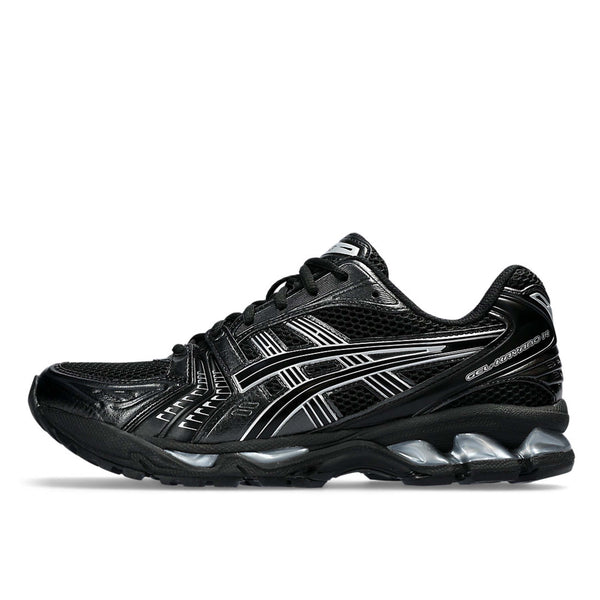
The Role of Insoles
Custom Insoles for Support
For some runners, the insoles that come with shoes may not provide enough support. Custom insoles, or orthotics, can enhance comfort and stability, particularly for those with specific foot issues. Investing in quality insoles can help distribute pressure evenly across the foot, reducing discomfort during long runs.
If you have particular foot concerns, such as flat feet or high arches, using custom insoles may be beneficial. Consult with a podiatrist or a specialist in running foot care for recommendations tailored to your needs. This small adjustment can make a significant difference, improving overall comfort during your marathon training and on race day.
Trying Off-the-Shelf Options
If custom insoles feel like too much of a commitment, consider off-the-shelf options. Many running shoe brands offer insoles designed specifically for additional support or comfort. These insoles can often provide softer cushioning or arch support, making them a more accessible choice for added comfort during long runs.
Before purchasing new insoles, make sure to try them in your shoes to ensure they fit properly. A good insole should enhance comfort without squeezing the shoe too tightly. Always remember that the right fit is the key to achieving an enjoyable running experience.

Preparing for Race Day
Break-In Your Shoes
Once you’ve selected your best marathon running shoes, it’s essential to break them in before race day. Wearing your new shoes for shorter distances allows the materials to soften and adapt to your foot shape. Avoid wearing them for the first time on race day; this can lead to blisters or discomfort during the event.
Start by using your shoes for training runs leading up to the marathon. Gradually increase the distance as your feet get accustomed to the new footwear. This preparation ensures that you feel comfortable and confident on the big day.
Planning Your Race Day Outfit
Alongside your shoes, consider the rest of your race day outfit. Choose lightweight, breathable clothing that complements your new shoes. Opt for moisture-wicking fabrics to keep you dry during the marathon. Layering may also be necessary, depending on the weather conditions.
Don’t forget to wear your race-day socks, as they play a vital role in preventing blisters. Choose socks with good cushioning that complement the fit of your shoes. Planning your entire outfit in advance will help eliminate any last-minute jitters and make you feel ready for the race.
After the Marathon
Assessing Recovery
After completing a marathon, your running shoes might need some evaluation. Inspect them for any signs of wear, such as squished cushioning or visible damage. Depending on the condition, it may be time to replace them for your next training cycle. Proper shoe rotation is vital to allowing your shoes to recover and maintain their structure.
Moreover, monitor your body for any discomfort or injuries. Should you experience unusual soreness or pain in your feet, ankles, or knees, consult with a specialist. Be proactive in addressing any issues to ensure a smooth transition into your next phase of running.
Embracing Continuous Improvement
The marathon journey doesn’t end once you cross the finish line. Use your experiences to refine your training processes and gear selection for future races. Take note of what worked in terms of both shoes and overall performance.
Reflect on your marathon experience, from pacing to fueling strategies, and apply those insights to your future running endeavors. By improving bit by bit, you’ll continue to enhance your skills, making your future marathons even more enjoyable.
Finding Your Perfect Fit
In conclusion, selecting the best marathon running shoes is fundamental to achieving your goals. With proper research, a focus on key features, and diligent testing, you can pinpoint the ideal fit for race day. Remember to consider factors like cushioning, stability, weight, and breathability as you explore your options.
As you prepare for your marathon, take the time to break in your shoes, assess your needs, and plan your race day strategies. Achieving your personal best requires more than just training; it’s about making informed choices about every aspect of your running gear.
Ultimately, the right pair of running shoes can significantly enhance your marathon experience. By investing time and attention into finding your perfect fit, you’ll set yourself up for success and potentially unlock new levels of performance. Happy running!
